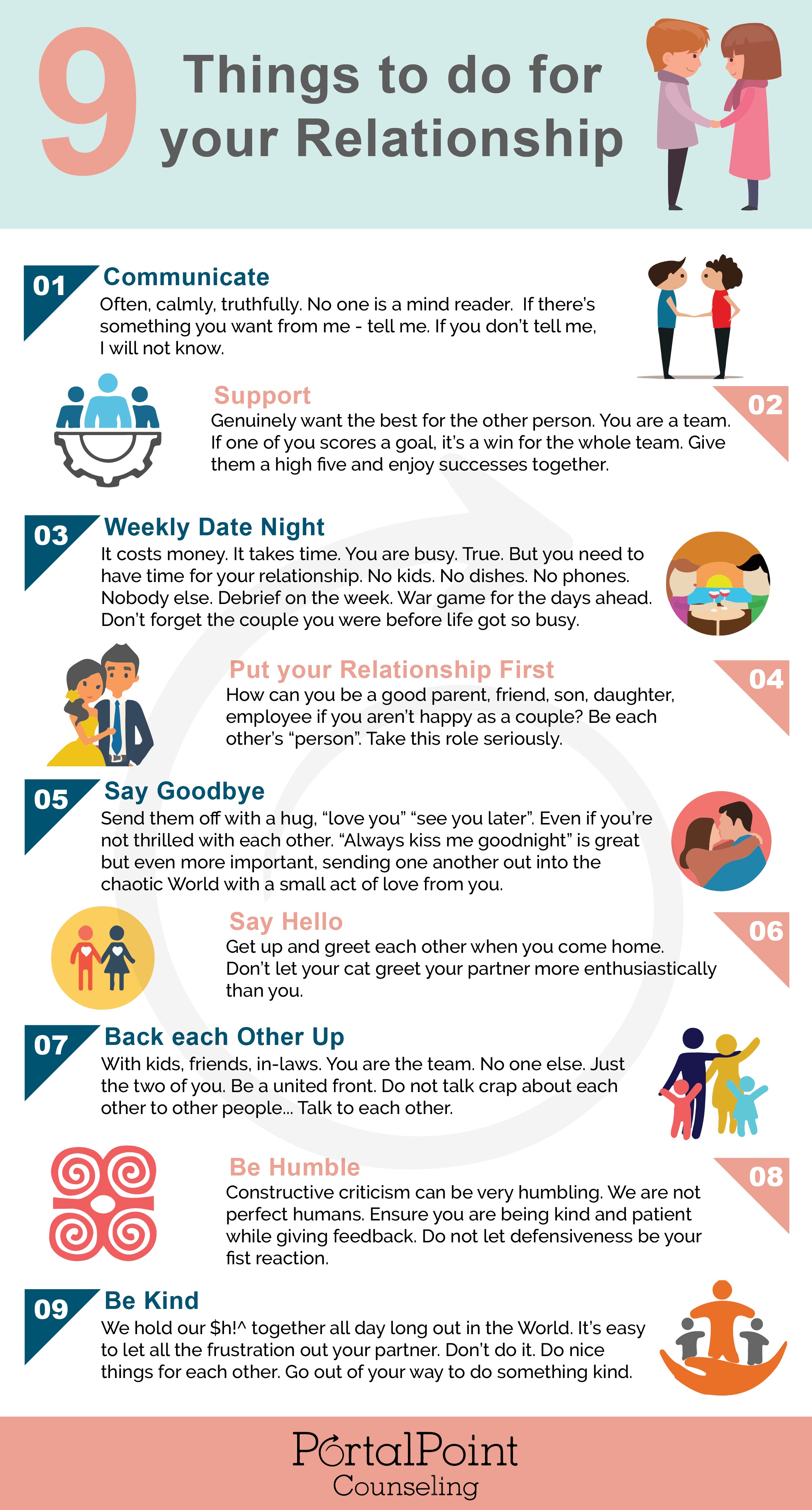Not known Facts About Aim Point Counseling
Table of ContentsNot known Details About Aim Point Counseling 4 Simple Techniques For Aim Point CounselingAim Point Counseling - Truths3 Simple Techniques For Aim Point CounselingSome Known Questions About Aim Point Counseling.An Unbiased View of Aim Point Counseling
The longitudinal design includes a pre-treatment study and two follow-up surveys at 3- and 12-months post-intervention. The study is set in eight Relationships Australia Victoria centres, throughout municipal, external suburban areas, and regional/rural sites. Relationships Australia, a non-government organisation, is the largest company of pair counselling and connection services in Australia..png)
In Australia, the typical length of marital relationship prior to splitting up is 8.8 years, and about fifty percent of all separations entail couples with kids [1] These high rates of relationship breakdown have been consistently associated with adverse health and wellness consequences for both adults and youngsters adhering to divorce/separation. These consist of seclusion from assistance networks, and lowered income and criterion of living for both adults and kids [3], predicaments of commitment over youngsters for males, and anxiety and loss of identification for females [4,5]
The 9-Minute Rule for Aim Point Counseling
The effects of separation and separation can be detrimental, research suggests that high connection disharmony in undamaged pairs is also most likely to have negative outcomes.
Research study to date has determined both couple and individual elements that may add to connection discord. These consist of connection fulfillment and dedication at the couple level, and clinical depression at the private level.
The Best Guide To Aim Point Counseling
While most studies suggest renovations in partnership fulfillment adhering to couple therapy, they are restricted by the samples and procedures utilized, largely temporary follow-up time frameworks, and evaluations that do not account for the dyadic nature of couple information., is an additional commonly explored connection result.
To sum up, research shows that couple-specific variables along with private variables may anticipate the outcomes of pair therapy and relationship services. The causal instructions of these partnerships, nevertheless, is much less clear. These monitorings are important, because, to validate and assist the application of partnership services such as couple therapy, empirical evidence needs to discover both the outcomes of connection solutions and the aspects that predict successful treatment.
Therefore, there is an expanding consensus that efficacy research studies ought to be complemented by performance research to best educate medical practice [ 29] The limited performance research that exists to day recommends that pair coaching can enhance results such as partnership satisfaction [33,43], interaction skills and basic wellness [44], a minimum of in some European countries.

We currently understand little about the profiles of pairs that look for out relationship education and learning compared with those who look for partnership coaching, or the outcomes of these programs. Unscientific evidence suggests that there may be considerable distress among at least some couples seeking relationship education and learning.
Some Known Questions About Aim Point Counseling.
Responses involves participants completing questionnaires concerning their relationship (e.g. steps of social issues), and getting information on what their ratings indicate. Cognitive-behavioural techniques promote transforming cognitions to facilitate positive partnerships. These may consist of advertising practical attributions/expectations around unfavorable companion behaviour [46] In abilities training, couples participate in talks or presentations on relationship abilities, and practice these throughout facilitator-led activities [ 45]
These meta-analyses highlight restrictions in the current literature on connection education and learning. This sample account may not stand for customers who generally offer for relationship education and learning.
The Main Principles Of Aim Point Counseling

Really little research has actually checked out the comparative benefits of pair therapy and connection education programs. As clients are likely to self-select into these service types, it is not clear whether characteristic partnership distress accounts present per service kind, or without a doubt whether there is an interaction between offering profile, service kind and result.
(https://www.domestika.org/en/a1mpoint)
Hence, we have consisted of a 12-month follow-up to assess longer-term fads and impacts.
Consequently, we suggest to utilise multi-level analytical modelling treatments that regulate for the inter-dependence of couple information to assess any therapy effects. The particular purposes of the ECC research study are to: 1. Map profiles of customers looking for community agency-based couple counselling vs. connection improvement programs in regards to socio-demographic and partnership signs (such as connection complete satisfaction, partnership commitment, interpersonal informative post problems, and reasons for going to), as well as wellness (such as anxiety, basic health and wellbeing) and health service usage (eg.
2. Determine whether couple counselling and relationship education services improve three- and twelve-month outcomes for relationship satisfaction, dedication, and depression, making use of statistical analyses proper to combine data. 3. Determine the loved one payments of customer variables (individual and pair) and therapy/education elements to end results at 3- and 12-months, and to sustainability of results with time.
Get This Report on Aim Point Counseling
Multi-level modelling to identify pre-post differences, controlling for dyadic (pair) level. To contribute to the literary works analyzing the efficiency of community-based couple counselling. The outcomes will assist professional decision-making in community-based connection solution settings, and specialist training. 3. To figure out the loved one contributions of client/couple and treatment elements to results at 3- and 12-months, and to sustainability of outcomes in time.